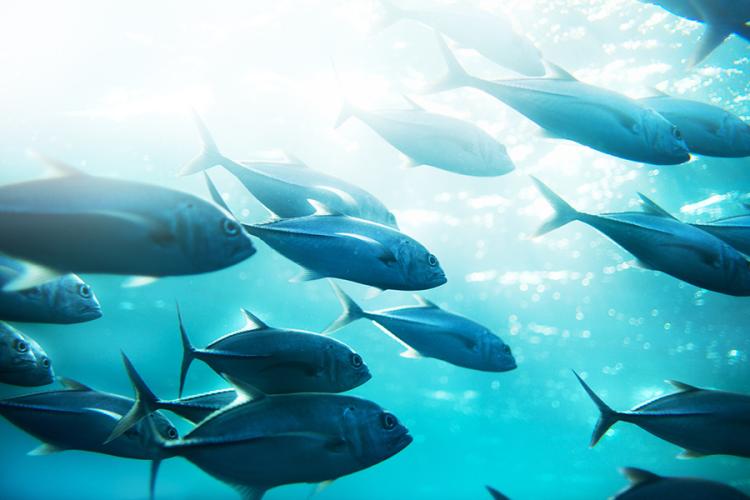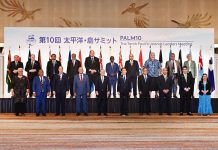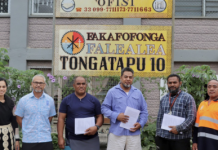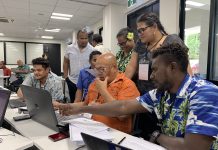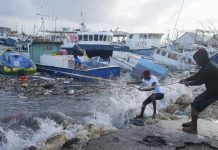Locals’ access to skipjack purse-seine tuna fishery of the Western and Central Pacific Ocean (WCPO) has increased.
The 2020 tuna fisheries assessment report, conducted by the Pacific Community (SPC), shows that more than half the vessels in the skipjack purse-seine fishery are flagged to or chartered by the small island developing states (SIDS).
SPC senior fisheries scientist Steven Hare summarises the latest assessment of the health of tuna stocks in the WCPO in issue 166 of the SPC Fisheries Newsletter. He also reports that:
*the three tropical tuna—bigeye, skipjack and yellowfin—are in a “relatively healthy state”, even with “sustainably high catches” being taken
*for the first time, South Pacific albacore has been assessed across the whole Pacific Ocean, with the involvement of the Inter-American Tropical Tuna Commission
*numbers of blue sharks are rebounding and the species is not overfished
*other species of sharks are being overfished
*La Niña “significantly altered” fishing patterns in 2020–2021.
Nicholas Ducharme-Barth explains in the same issue of the newsletter how researchers evaluate catch per unit effort (CPUE) when they are assessing the health of tuna stocks.
Electronic monitoring for commerce and compliance explored in Micronesia
Electronic monitoring (EM) can work well for the managers of tuna fisheries and for fishing companies, a project in Micronesia shows.
The project was run by the National Oceanic Resource Management Authority (NORMA) of Federated States of Micronesia (FSM) working with Luen Thai Fishing Venture (LTFV), which operates longline vessels in the country.
The project began in 2014, following a request by NORMA for LTFV to help it understand the differences between data captured in logbooks by people and data captured using EM.
LTFV already used EM on some of its vessels to monitor fish quality, accidents and broken gear.
NORMA’s project was to estimate differences between EM and logbook reporting rates for tuna and bycatch species, species composition, and some questions about how useful EM is in bycatch mitigation.
Robert Gillett reports on the EM study is in the current issue of SPC Fisheries Newsletter. He says that LTFV had several internal and external motivations to introduce EM:
*internally, to overcome gaps in data from its monitoring logbooks and to be able to offer EM support services to other fishing companies
*externally, to meet FSM requirements to move to transparent tuna fishing, to continue to access global markets.
As electronic monitoring edges closer to being a standard part of tuna fishing, Gillett notes the need to explore how EM systems might be used for both commercial and compliance purposes, and who bears the cost of using the data collected for compliance.
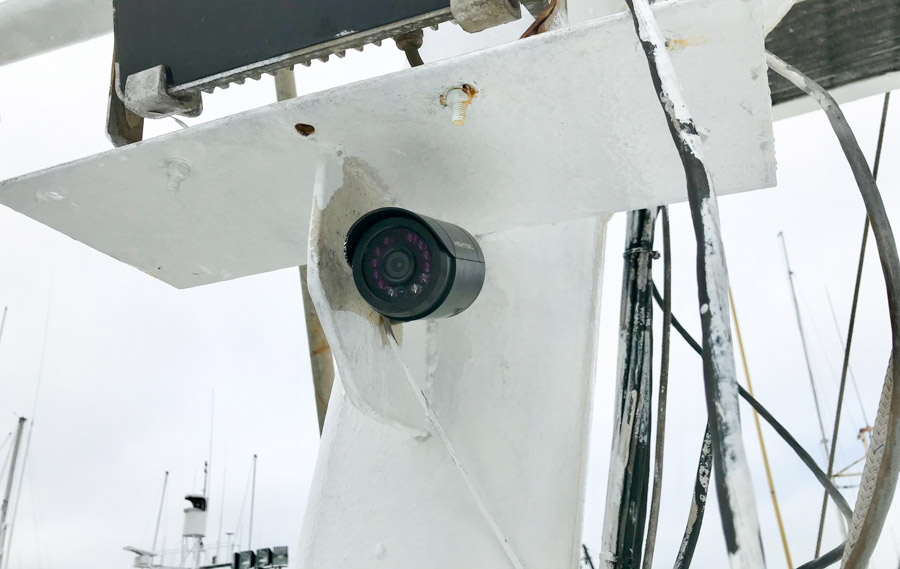
Regional cooperation has ‘profound impact’ on IUU fishing
MRAG Asia Pacific’s study to quantify illegal, unreported and unregulated (IUU) fishing in the WCPO in 2020 has highlighted the effectiveness of WCPO working collaboratively.
Reporting in SPC Fisheries Newsletter 166, MRAG Asia Pacific says: “Cooperation works. While IUU fishing in its various guises will require ongoing attention from members of the Pacific Islands Forum Fisheries Agency (FFA), there is little doubt that the MCS [measuring, control and surveillance] measure FFA members and their partners … have implemented over recent decades have had a profound impact on both the nature and volume of IUU fishing in the region.”
The consultancy quantified IUU fishing in four categories: unlicensed or unauthorised fishing, misreporting, non-compliance with other licence conditions (e.g. shark finning), and risks after harvest (e.g. illegal transhipping).
It says that misreporting accounted for 89% of the total volume of IUU fishing.
“Importantly, much of this volume was driven by misreporting and misidentifying target species in the purse-seine sector,” MRAG Asia Pacific says.
The consultancy says the estimates for this study should be read as an evolution in the long-term process of improving data collection. The first IUU fishing study was published in 2016. It was a beginning point and contained much uncertainty. The findings of the 2020 study give more confidence.
The results of the study show where the region’s monitoring, control and surveillance strategy can be further strengthened.
The study was commissioned by the Pacific Islands Forum Fisheries Agency (FFA) and funded by the Oceanic Fisheries Management Project (OFMP2).
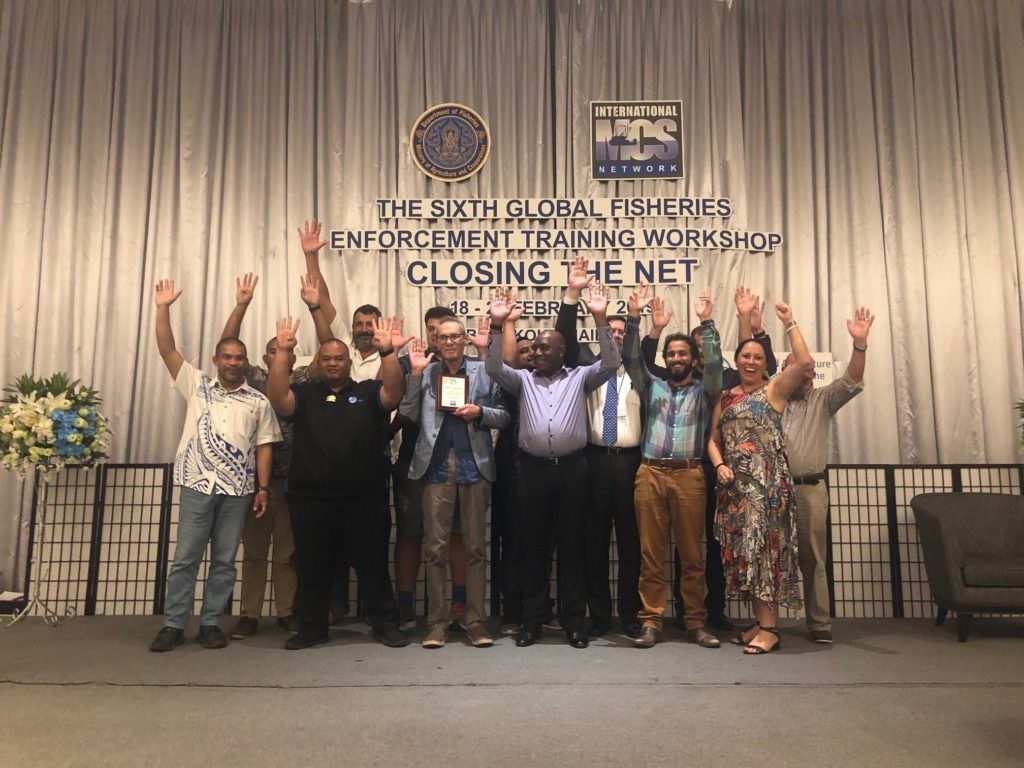
Talk about harvest strategies was never so entertaining
In this issue of the newsletter, SPC highlights some of the videos the division of Fisheries, Aquaculture and Marine Ecosystems (FAME) has produced recently to improve how they share their knowledge of tuna fishing and management.
“Perhaps FAME staff are not going to be leaving SPC for the bright lights of Hollywood anytime soon,” they say, but I’m not so sure. A video about the dry (but important) subject of harvest strategies (11 min. 41 sec.) is so full of Pacific humour and actors who are clearly enjoying themselves, Hollywood may be the next step! It’s also informative and explains the process in a way that’s easy to grasp.
“As the pandemic continues to restrict travel, we have had to revise our approach to delivering these fruitful [professional capacity building] activities,” SPC says.
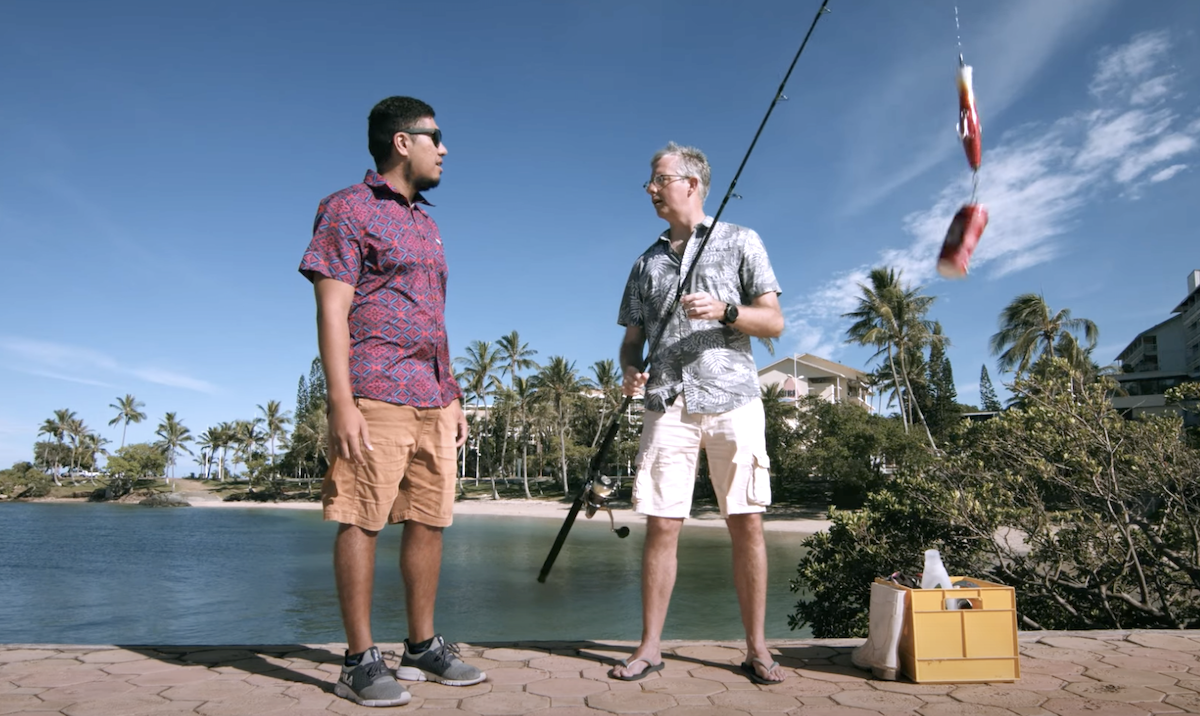
In other tuna news, researchers at SPC’s Oceanic Fisheries Programme have been studying tuna stomachs to find out how full tuna are when they are caught. Some of the factors that affect stomach fullness are whether the tuna are around fish-aggregating devices, the time of day they are caught and the temperature of the sea surface.
“The more we understand why the diet of large pelagic predators [such as tuna] varies, the better we can monitor the ecosystems they are part of and manage the fisheries,” they say.
SPC and research partners have discovered that the amount of mercury present in tuna is influenced by how the ocean functions. Mercury, which is toxic to humans and other animals, accumulates in animals, with peak predators such as tuna containing the largest amounts. The researchers already know that concentrations of mercury are higher in the largest and deepest-diving fish, but are also influenced by the species of fish and its geographical origin.
“Our study suggests that skipjack is an effective bioindicator species for ocean mercury pollution,” they report in SPC Fisheries Newsletter 166.
SOURCE: TUNA PACIFIC/ PACNEWS






